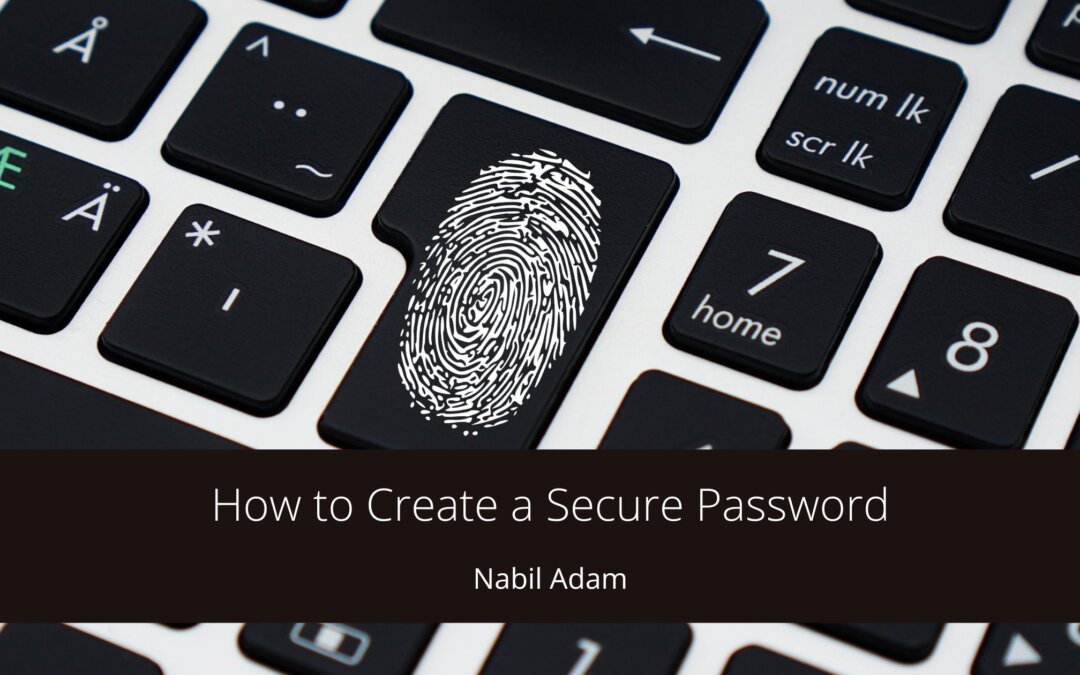In the digital age, safeguarding our online presence cannot be overstated. With cyberattacks and breaches becoming increasingly sophisticated, one of the first lines of defense is often overlooked: the humble password. While it might seem like a small detail in cybersecurity, a robust password can deter potential threats and shield your personal and financial information. A weak password, on the other hand, is akin to leaving your front door unlocked in a neighborhood known for break-ins.
Understanding the Threat
Before delving into password creation, it’s vital to comprehend the threats we face. Cybercriminals use various techniques to crack passwords, from brute force attacks, where every possible password combination is tried, to more refined dictionary attacks, leveraging commonly used words and phrases. Attackers often utilize leaked databases from previous breaches, making those who reuse passwords across multiple sites particularly vulnerable.
A secure password acts as a deterrent. While no password is entirely uncrackable, the objective is to make the cracking process so time-consuming and resource-intensive that hackers deem it unworthy of their effort. In essence, a strong password buys time, and time is a significant deterrent against attacks in the cyber realm.
Best Practices in Password Creation
Crafting a secure password involves a mix of creativity and adherence to some guidelines:
- Length Matters: The longer the password, the harder it is to crack. Aim for at least 12 characters.
- Diversity is Key: Use uppercase and lowercase letters, numbers, and special characters. Avoid easily guessable patterns.
- Avoid Dictionary Words: Cybercriminals employ tools that use complete dictionaries to guess passwords. Avoid common phrases and words.
- Steer Clear of Personal Information: Names, birthdays, and anniversaries are easily obtainable, making them insecure choices.
- Use Passphrases: A random collection of words or an uncommon phrase can be more secure and easier to remember than a standalone word. For instance, “BlueFrog$Jumps!High” is more secure than “BlueFrog.”
Maintenance and Management
Creating a secure password is just the beginning. Maintaining its integrity requires consistent effort:
- Regularly Update Passwords: Change your passwords periodically, especially for sensitive accounts like banking and email.
- Avoid Password Reuse: Never use the same password across multiple sites. If one account becomes compromised, it will not affect others, keeping them safe.
- Two-Factor Authentication (2FA): Whenever possible, add a layer of security. This makes it much harder to access data. Options include requiring a text message or an app verification code.
- Password Managers: Remembering multiple complex passwords can be challenging. Password managers generate, retrieve, and store complex passwords for multiple accounts, ensuring you only need to remember one strong master password.
In our interconnected digital world, a secure password is paramount. While the task may seem daunting given the myriad of accounts we manage daily, it’s a small, proactive step in the grand scheme of our digital safety. By understanding the threats, following best practices in password creation, and diligently maintaining and managing our passwords, we erect a formidable barrier against cyber threats. As technology evolves, so do the techniques employed by cybercriminals. It’s our responsibility to stay a step ahead, ensuring our personal and financial information remains safeguarded. After all, in the vast digital landscape, a strong password is the gatekeeper.

